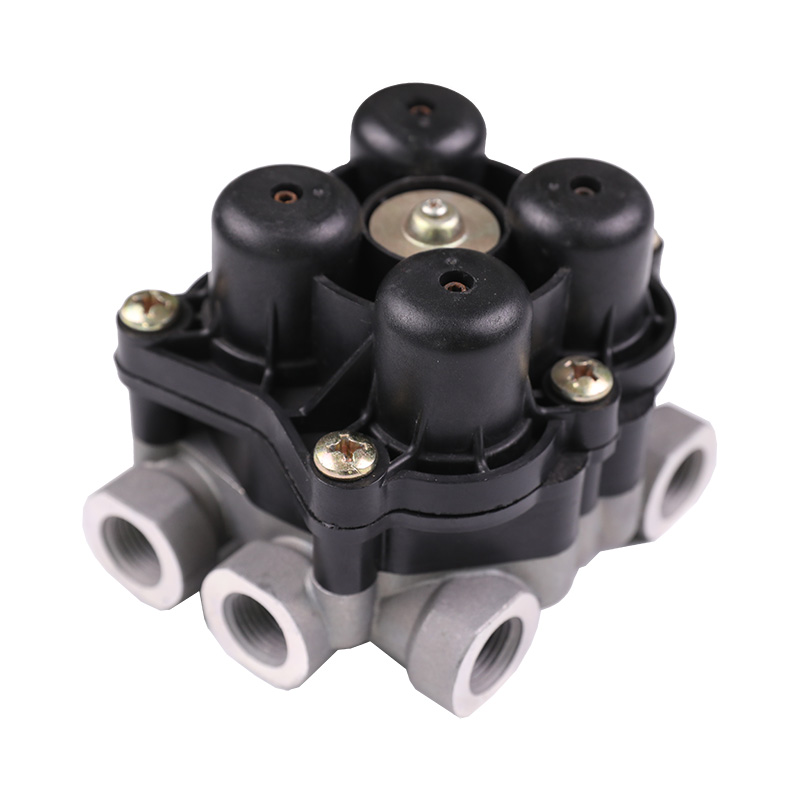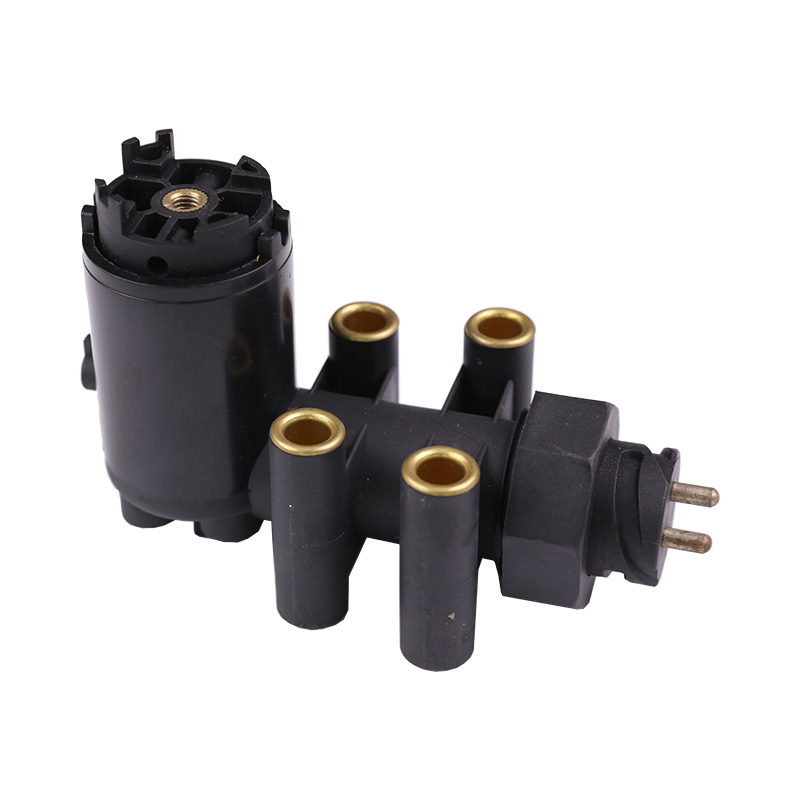The braking effect of the Brake Chamber is affected by many factors, which together determine the performance and reliability of the braking system.
Pressure within the cylinder: One of the most important factors in braking effectiveness is the pressure level within the cylinder. The higher the pressure, the greater the movement of the piston and push rod, resulting in greater braking force. Therefore, the design of the braking system needs to ensure that the air pressure in the air chamber can be maintained within an appropriate range under different working conditions to achieve the expected braking effect.
Displacement of the push rod: The displacement of the push rod directly affects the transmission effect of the braking force. The length of the push rod and the distance the piston travels affect the amount of braking force on the brake drum or disc. Therefore, the structure, strength, and length of the pushrod need to be considered in the brake system design to ensure that the desired pushrod displacement is achieved under various driving conditions.
Friction coefficient of the brake drum or brake disc: The braking effect is directly dependent on the friction between the brake drum or brake disc and the brake lining. The coefficient of friction is affected by factors such as brake material selection, surface treatment, and temperature. A high friction coefficient contributes to a stronger braking effect, but the wear resistance and stability of the braking material also need to be considered.
Braking system coordination: The various components in the braking system, including air chambers, push rods, brake drums or discs, brake linings, etc., need to work together. Proper system design and component matching can ensure the stability and controllability of the braking effect. At the same time, the maintenance and upkeep of various parts of the braking system is also crucial to the long-term stability of the braking effect.
Driving modes and working conditions: The driver's driving habits, driving speed, load conditions, etc. will all affect the braking effect. Special working conditions such as emergency braking and long-term braking require the braking system to have higher response speed and durability. Therefore, the design of the braking system needs to consider the performance requirements under different driving modes and working conditions.
Ambient temperature: The braking system will have different performance under different ambient temperatures. In high-temperature environments, the braking effect may change due to changes in brake materials, while in low-temperature environments, the air pressure in the air chamber and the elasticity of the spring may also be affected. Therefore, the design of the braking system needs to consider stable and reliable operation under various ambient temperatures.
Featuring a unique air chamber technology, our truck offers unmatched stability and control on the road.
With dimensions crafted for maximum efficiency, our Air Chamber Truck optimizes space utilization.






